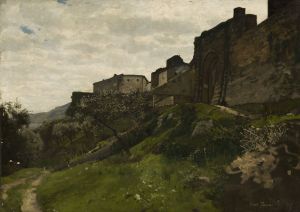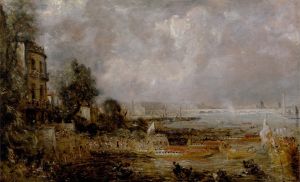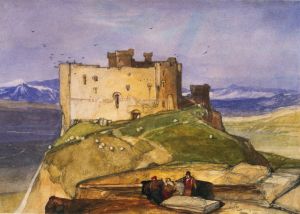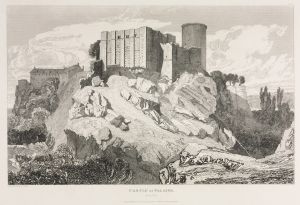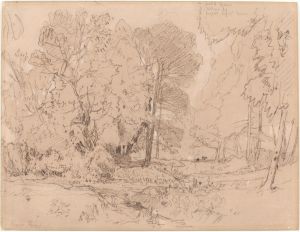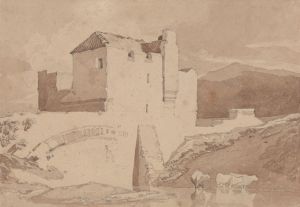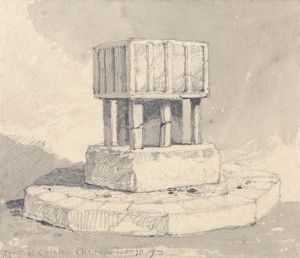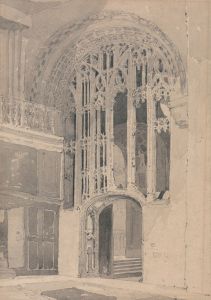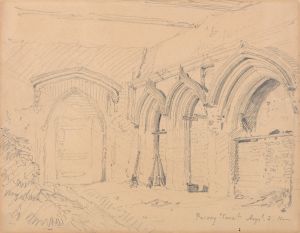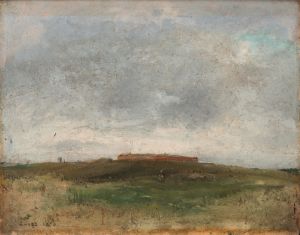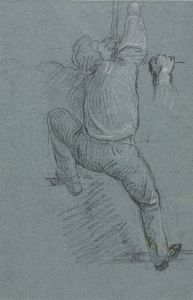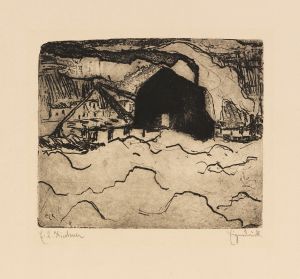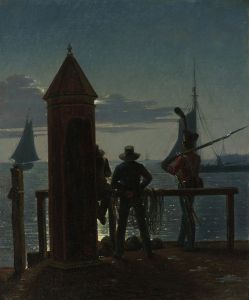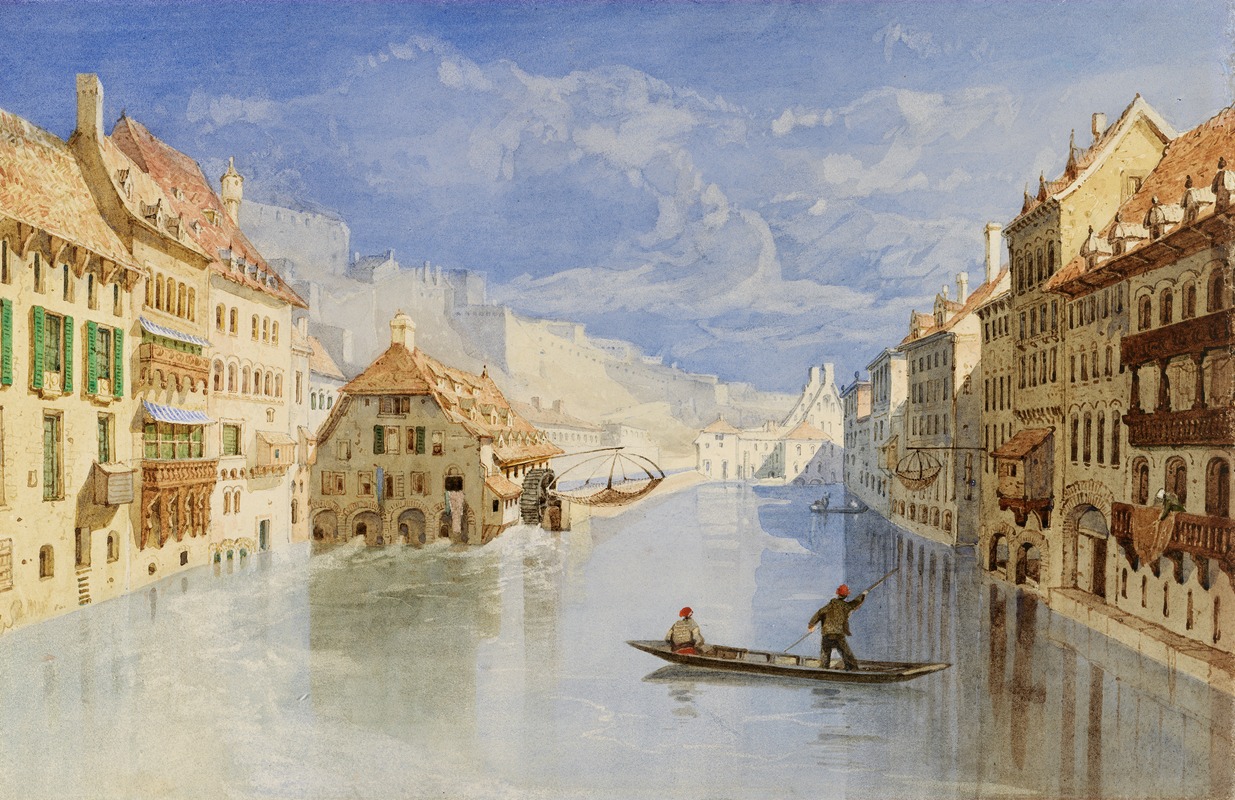
The Citadel above Namur, Belgium, from the River Sambre
A hand-painted replica of John Sell Cotman’s masterpiece The Citadel above Namur, Belgium, from the River Sambre, meticulously crafted by professional artists to capture the true essence of the original. Each piece is created with museum-quality canvas and rare mineral pigments, carefully painted by experienced artists with delicate brushstrokes and rich, layered colors to perfectly recreate the texture of the original artwork. Unlike machine-printed reproductions, this hand-painted version brings the painting to life, infused with the artist’s emotions and skill in every stroke. Whether for personal collection or home decoration, it instantly elevates the artistic atmosphere of any space.
John Sell Cotman was a prominent English painter and etcher, known for his contributions to the Romantic movement and his mastery in watercolor landscapes. One of his notable works is "The Citadel above Namur, Belgium, from the River Sambre." This painting exemplifies Cotman's skill in capturing architectural forms and natural landscapes with a delicate balance of detail and atmosphere.
Cotman was born in Norwich, England, in 1782 and became a leading figure in the Norwich School of painters, a group known for their landscape paintings. His career was marked by extensive travels, during which he drew inspiration from various European locales. Cotman's journey to Belgium, where he painted "The Citadel above Namur," was part of his broader exploration of the continent's rich historical and architectural heritage.
The painting depicts the Citadel of Namur, a significant historical fortress located in the city of Namur, Belgium. The citadel sits strategically at the confluence of the Meuse and Sambre rivers, a position that has made it a site of military importance throughout history. The fortress has origins dating back to Roman times, but it was significantly expanded and fortified during the Middle Ages and later periods.
In Cotman's depiction, the Citadel is viewed from the River Sambre, highlighting its imposing presence and the natural beauty of its surroundings. The painting captures the essence of the fortress's architectural grandeur, with its robust walls and strategic positioning atop a hill. Cotman's use of watercolor allows for a subtle interplay of light and shadow, bringing out the texture of the stone and the lush greenery that surrounds the citadel.
Cotman's technique in this work is characterized by his precise yet fluid brushwork, which conveys both the solidity of the fortress and the ephemeral quality of the natural environment. His palette is typically restrained, using muted tones to evoke a sense of tranquility and timelessness. This approach reflects the Romantic era's fascination with the sublime and the picturesque, themes that are prevalent in Cotman's body of work.
"The Citadel above Namur, Belgium, from the River Sambre" is an example of Cotman's ability to blend topographical accuracy with artistic expression. His attention to detail and his sensitivity to the mood of the scene make this painting a valuable representation of early 19th-century landscape art. It also serves as a historical document, providing insight into the appearance of the Citadel of Namur during this period.
Cotman's work, including this painting, has been influential in the development of landscape painting in Britain. His innovative use of watercolor and his focus on architectural subjects have inspired subsequent generations of artists. Today, Cotman's paintings are held in high regard and are featured in major art collections, including the British Museum and the Tate Gallery.
In summary, "The Citadel above Namur, Belgium, from the River Sambre" is a testament to John Sell Cotman's artistic skill and his ability to capture the essence of historical architecture within the natural landscape. Through his work, Cotman has left a lasting legacy in the world of art, celebrated for his contribution to the Romantic movement and his mastery of watercolor techniques.





